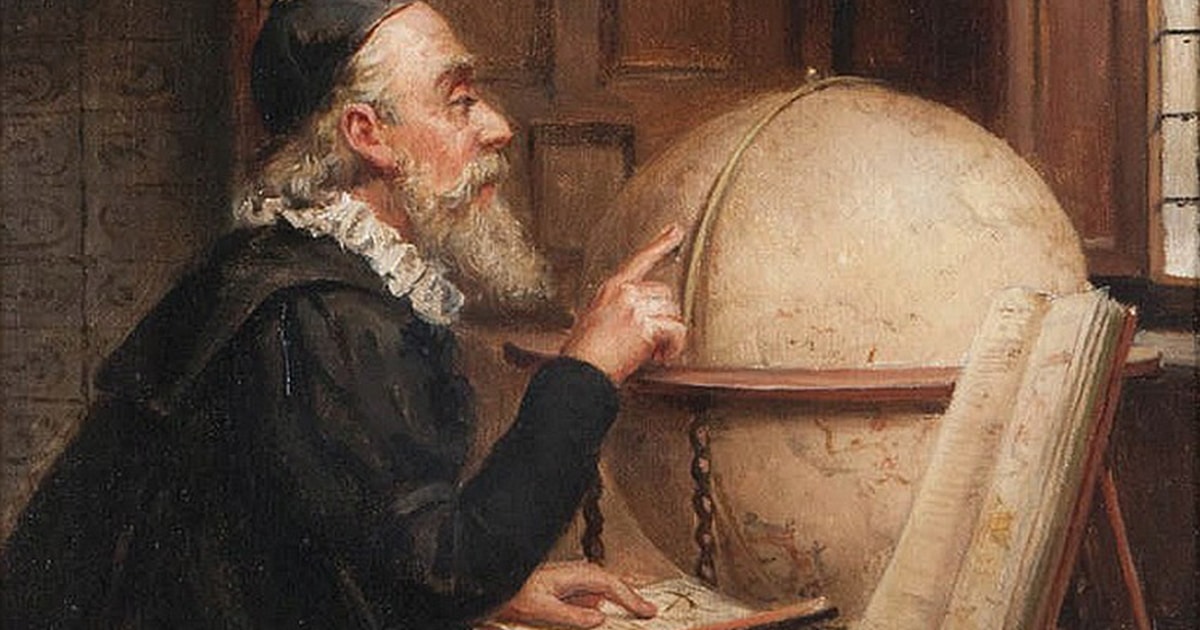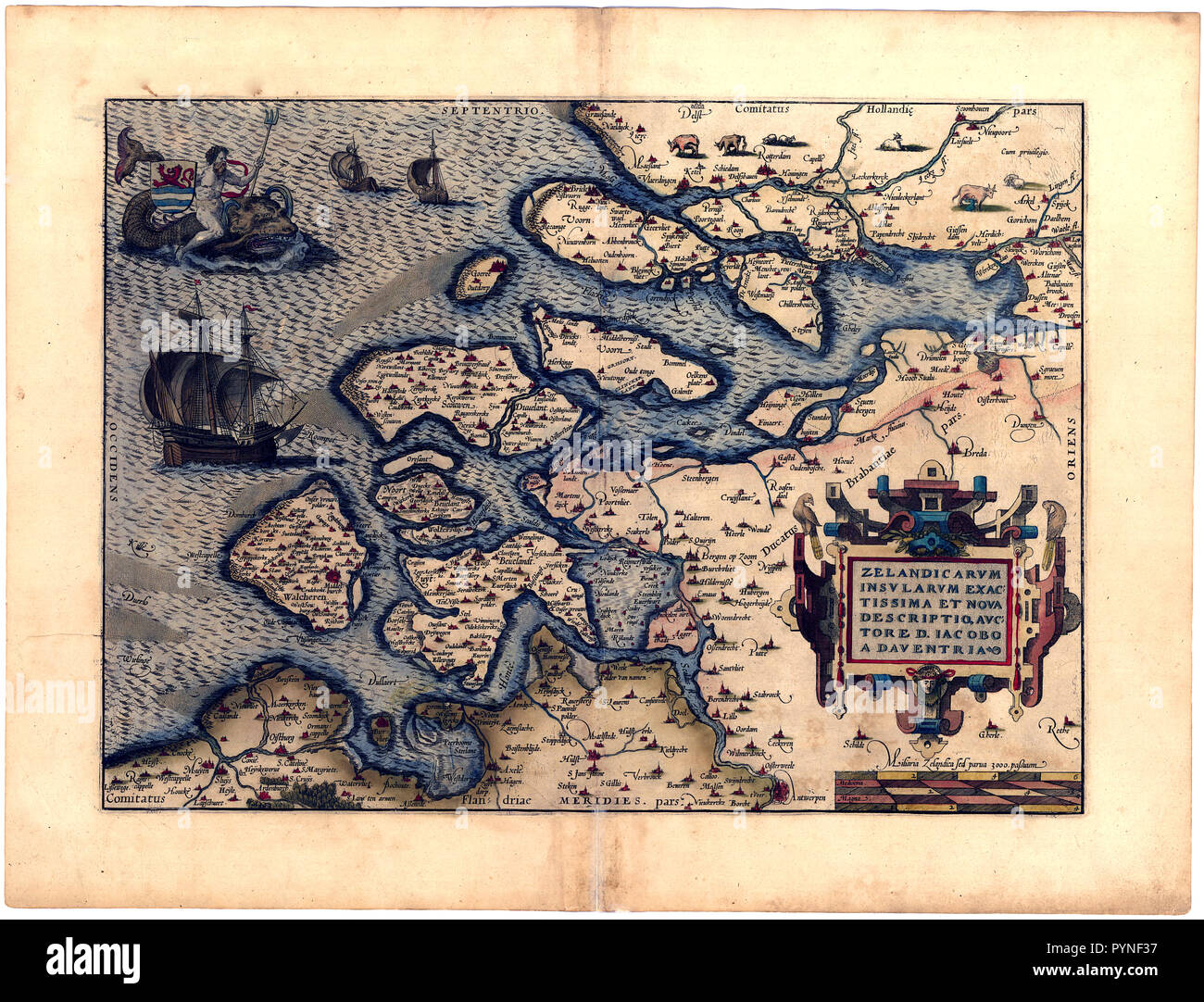
“This trading in maps was probably one of the chief reasons for his unusually extended trips to Germany, England, Italy, and particularly for his annual visits to the great fair at Leipzig. By purchasing as valuable maps as possible, mounting them on canvas, coloring, and reselling them, he managed to assist in supporting the family, as may be gleaned from a contemporary letter.” His travels throughout Europe helped him begin his work compiling and publishing maps. According to a biography on, “When twenty years of age he joined a guild as a colorer of charts. He also traveled around Europe selling books, prints and maps.

Luke as an illuminator of maps and worked as an engraver. Within a decade he compiled maps of the world on a heart-shaped projection (1564), of Egypt (1565), and of Asia (1567),” according to Britannica. About 1560, under the influence of Gerardus Mercator, Ortelius became interested in mapmaking. “Trained as an engraver, Ortelius about 1554 set up his book and antiquary business. Ortelius began his career as a map engraver. Ortelius Was Born in Antwerp in Modern-Day Belgium in 1527 Here’s to Abraham Ortelius, whose cartographic innovation helped give all a truly global view.”ġ.
#ORTELIUS ATLAS PROFESSIONAL#
Google continues, “Adding his fellow scientists’ names to the atlas wasn’t just a professional courtesy – Ortelius was known for corresponding with prominent scientists and humanists from all over Europe, a practice that yielded much insight into the great thinkers of his time.

“As every atlas is an aggregation of many maps, Ortelius was also one of the first cartographers to consistently add sources and names to the creators of the original maps, as evidenced by the first map pictured in today’s animated Doodle.” “Long before we were able to map the world and put it online, Abraham Ortelius made a lasting impact by collecting the latest information from scientists, geographers, and cartographers and transforming it into what the world now knows as the modern day atlas,” Google writes in its Doodle description. But Ortelius' maps do depict Terra Australis, a hypothetical southern continent located about where Antarctica turned out to be.Abraham Ortelius is being celebrated with a Google Doodle.Ībraham Ortelius, a Flemish cartographer and geographer who is credited with creating the first modern day atlas, is being celebrated with a Google Doodle on May 20, 2018. Europeans wouldn't stumble across Australia until 30 years after Ortelius published his first edition, and it would take another two hundred years for James Cook to discover Antarctica. Of course, there was a lot that western Europeans in 1570 didn't know about the shape of the world - starting with Australia and Antarctica. The 53 maps in the atlas represented everything western Europeans in 1570 knew about the shape of the world. He also included a list of 54 more professional cartographers. So he cited the names of the 33 cartographers whose work he used - another first, in a period when rules about plagiarism would horrify most college professors today. Ortelius did almost none of the actual surveying or drawing for the maps in his book his role was to bring them all together with descriptions and references.

#ORTELIUS ATLAS FULL#
It contains one of the earliest allusions to what would later become the theory of continental drift, and it's full of the names of the leading scientists and cartographers of the late sixteenth century - people like Gerardus Mercator, whose method of representing the round globe on a flat map is still in use today. It was the work of cartographer Abraham Ortelius, who collected the maps, added his own notes, and had the book printed from specially-engraved copper plates.


 0 kommentar(er)
0 kommentar(er)
